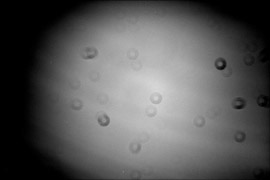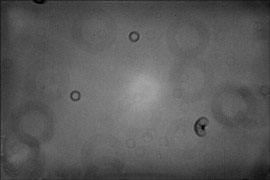Ideal for Photometry and Astrometry
•Uniform PSFs across a large, 2 degree field of view
•Zero vignetting across a 1.7 degree field
•Two focal lengths to better match image scale to seeing
•Wide field of view allows for many comparison stars
The enhancements that make the Ceravolo 300 astrograph a high-performance imaging instrument also make it ideal for scientific observations. For example, asteroid photometry is an area of research where the Ceravolo 300 astrograph’s large, well corrected and unvignetted field of view is very desirable.
In addition, the Ceravolo 300 astrograph’s dual configuration, f/4.9 and f/9, capability permits the astronomer to properly sample the image for a site’s seeing disk while maintaining a wide and well corrected field of view.
Serious vignetting is a common problem with most telescopes, even with medium sized CCDs. Below is a comparison of equally stretched flats taken with a 12” f/9 Ritchey-Chretien Cassegrain with a Kodak 6303 based camera and the Ceravolo 300 astrograph at f/9. While the 3072 x 2048 x 9 micron pixel detector is large, the Ceravolo 300 astrograph’s unvignetted field of view is even larger!


12"f/9 RC Cassegrain flat field image
Ceravolo 300 astrograph flat field image at f/9